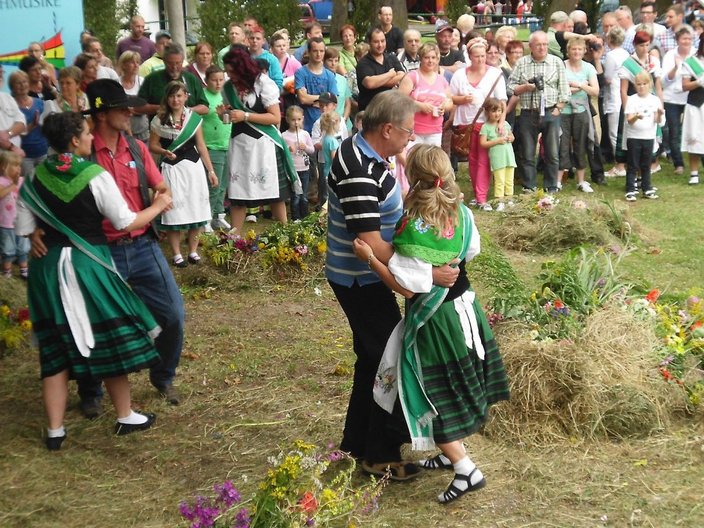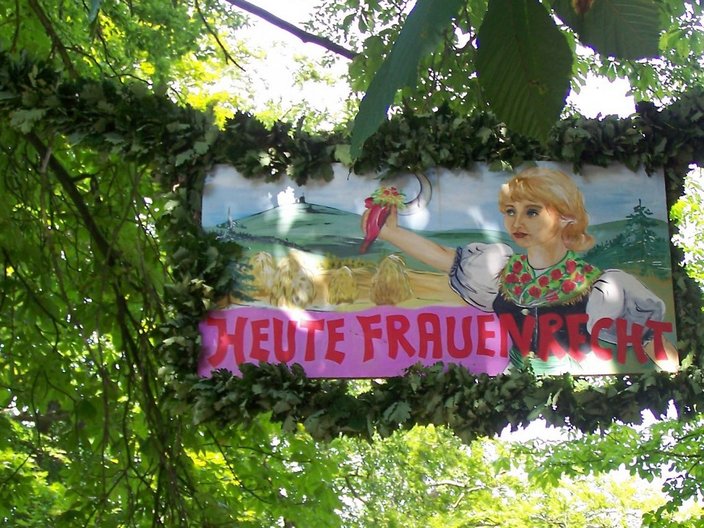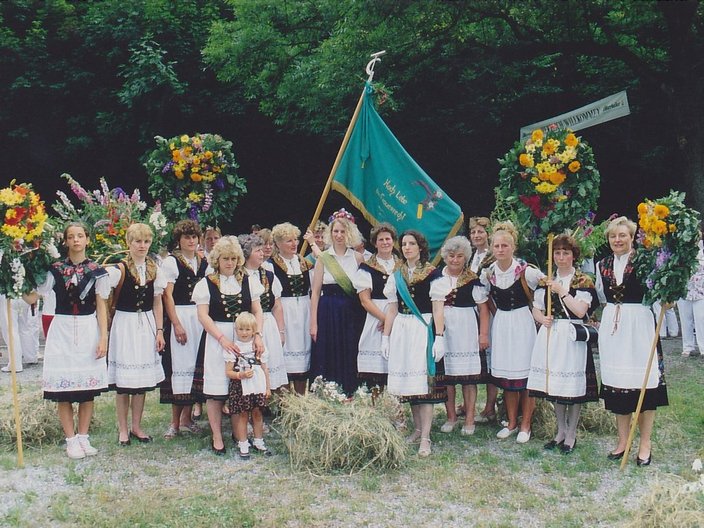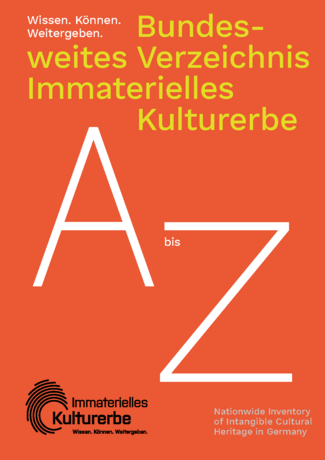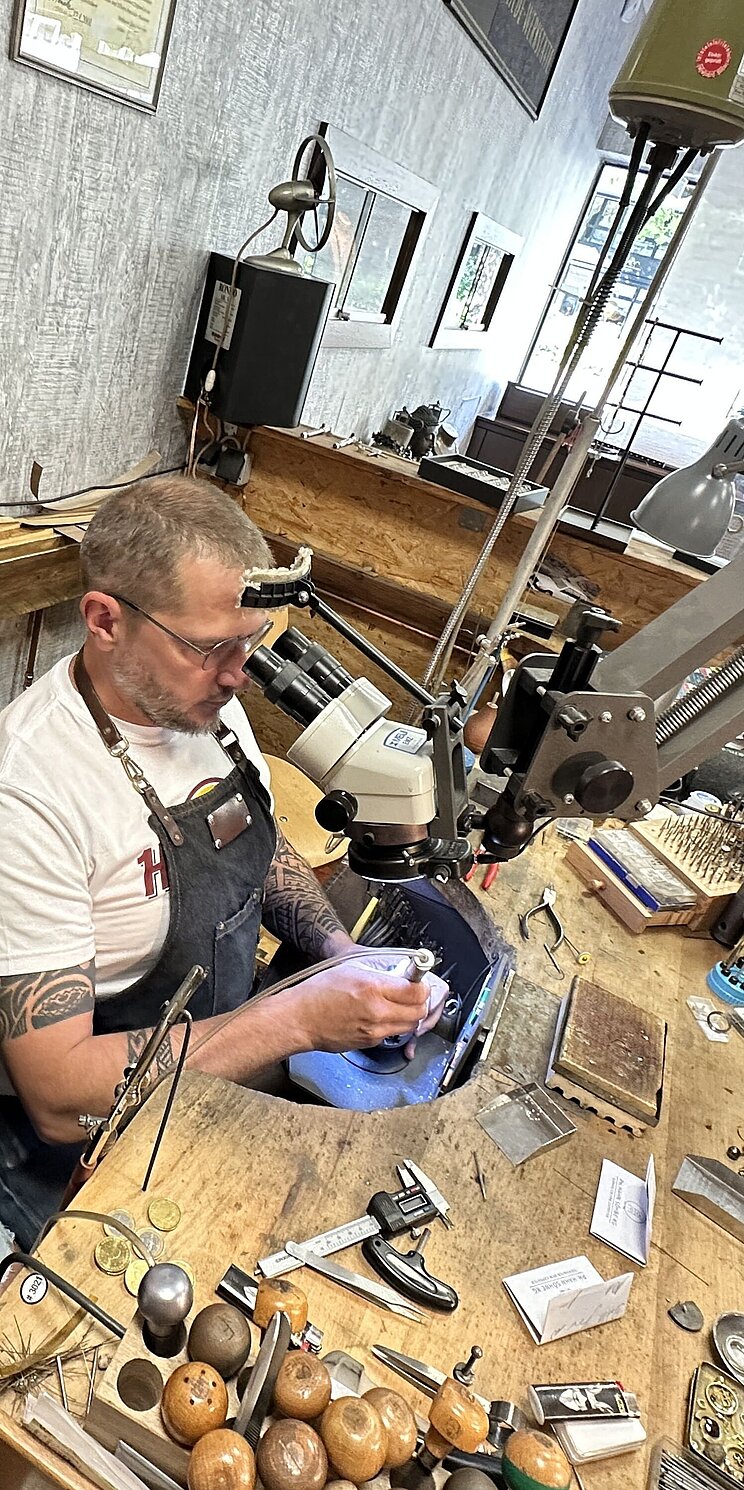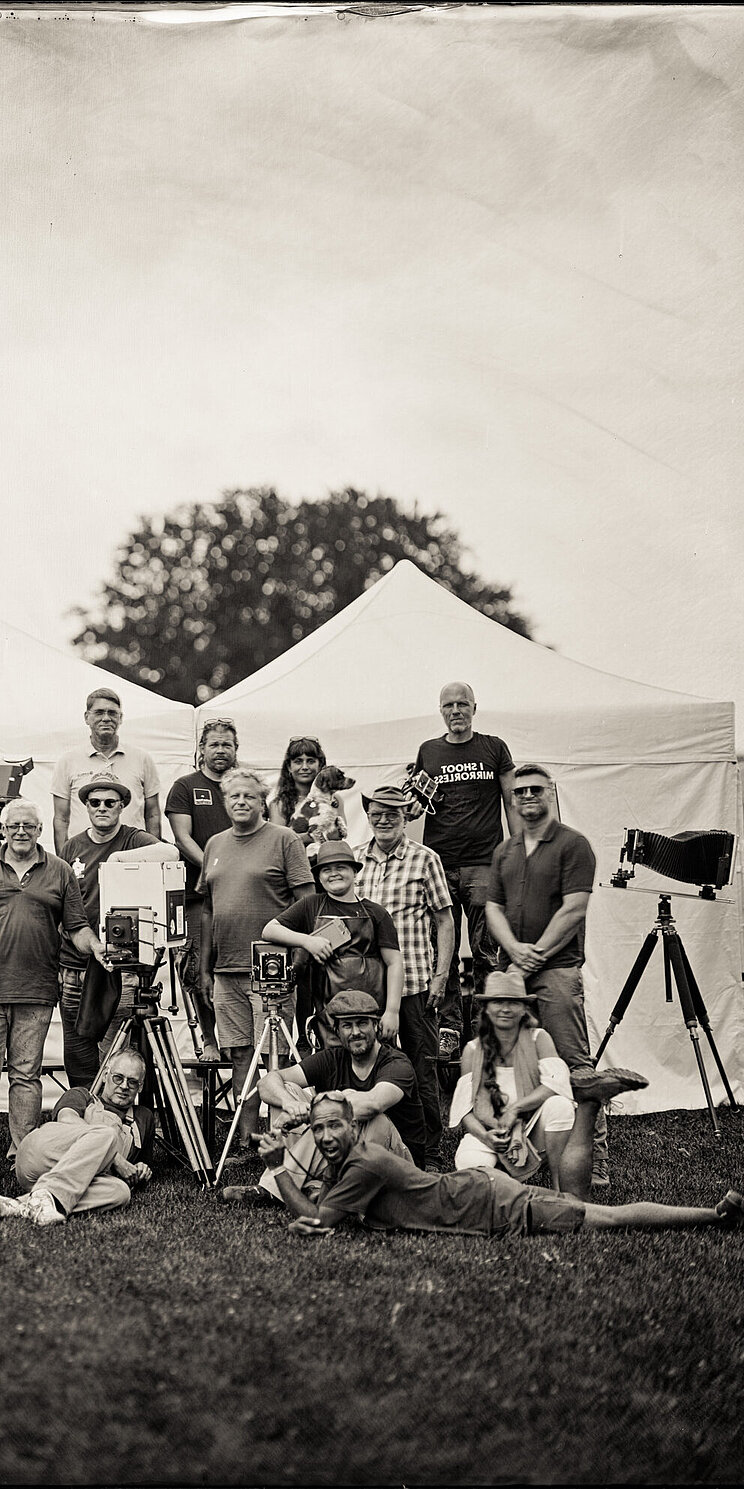
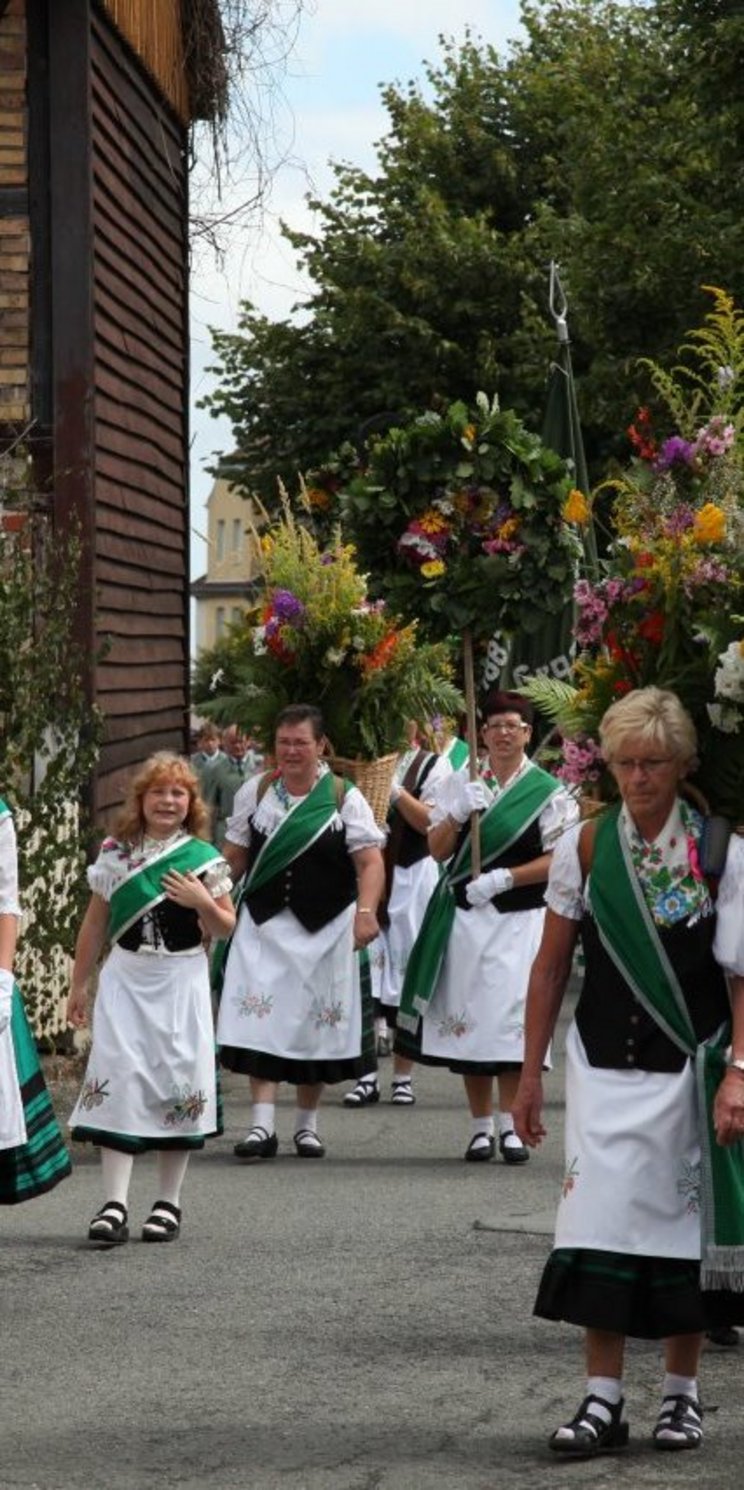
Grasedanz im Harz
Fakten
- Aufnahmejahr: 2020
- Verbreitung: Hüttenrode und Neuwerk (Ostharz)
- Zentraler Termin: am dritten Juliwochenende in Neuwerk und am ersten Augustwochenende in Hüttenrode
- Bereich: Gesellschaftliche Bräuche, Rituale und Feste
Der Grasedanz ist urkundlich bis in das Jahr 1887 zurück zu verfolgen. Frauen und Mädchen zogen damals mit Sichel und Tragekorb auf die Bergwiesen, um Futter für die Tiere zu holen. Im Spätsommer fiel ihnen die Hauptarbeit des Heumachens zu. Die Männer waren als Hauptverdiener vorrangig im Bergbau und der Forstwirtschaft tätig. Als Entschädigung für die harte Arbeit der Heuernte durch die Frauen entstand das Heuerntefest, der Grasedanz.
Der Ablauf der Feierlichkeit ist in beiden Harzdörfern nahezu gleich. Das Fest erstreckt sich über ein Wochenende und beginnt mit dem Ausfahren der Birken, die jeden Hauseingang des Dorfes schmücken. Am darauffolgenden Tag bringen junge Frauen mit Blumen geschmückte Körbe zum Festplatz, der ebenfalls mit Blumengirlanden geschmückt ist. Durch Losziehung wird eine Grasekönigin ermittelt.
Die Weitergabe des Wissens um den Grasedanz und den damit verbundenen Bräuchen erfolgt in beiden Orten durch regelmäßige Zusammenkünfte der Frauen, bei denen gerade die älteren Grasefrauen ihr Wissen und Können an die jüngere Generation weiter geben. Manche Geheimnisse um die Bräuche werden auf diese Weise seit vielen Jahren ausschließlich mündlich weiter gegeben. Diese Zusammenkünfte stellen die wichtigste Quelle dar, die den Fortbestand der Tradition sichert.
Bildergalerie Grasedanz
Der Grasedanz im Harz hat sich zu einem regional sehr bekannten Brauchtumsfest entwickelt. Das von Anfang an existierende Frauenrecht führte schon sehr frühzeitig zur emanzipatorischen Durchsetzung größerer Frauenrechte, was sich auch in einer gleichberechtigten Arbeitsteilung zwischen Mann und Frau widerspiegelt. Der Grasedanz ist einerseits eine Würdigung der hart arbeitenden Frauen in der Landwirtschaft, anderseits aber auch Ausdruck von Lebensfreude in dieser eher kargen Gebirgsregion.
